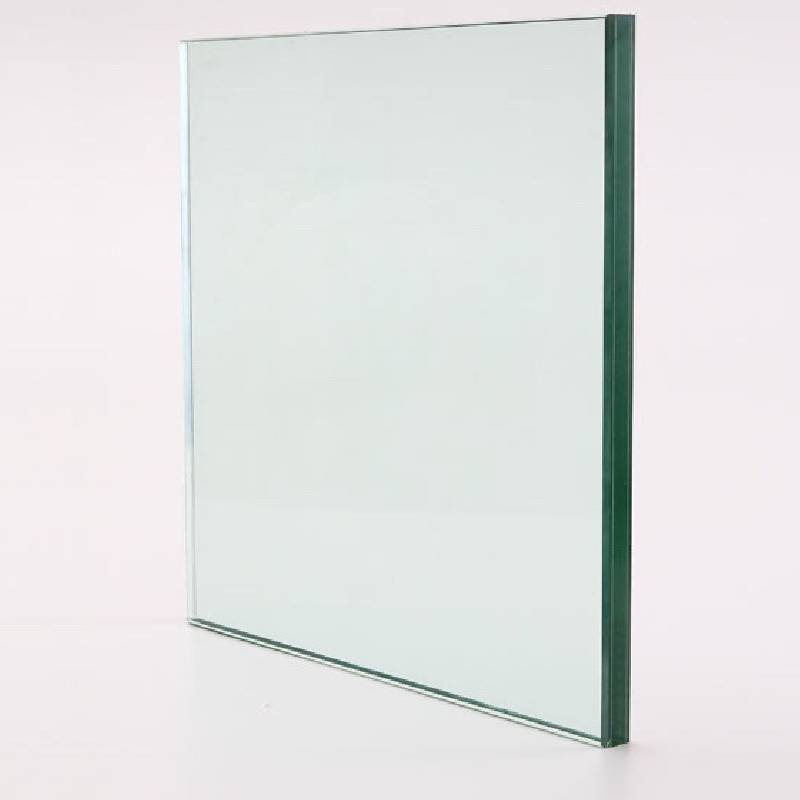The Cost of Mirror Glass Factors and Implications
Mirror glass is an essential component in a variety of industries, from construction and architecture to automotive and interior design. It serves both functional and aesthetic purposes, reflecting images while also allowing natural light to permeate spaces. However, the cost of mirror glass can vary significantly based on several factors, which impacts its accessibility and usage in different sectors.
Types of Mirror Glass
The cost of mirror glass can first be examined through the lens of its different types. There are several kinds of mirror glass available on the market, including plain mirrors, tinted mirrors, and specialized mirrors such as one-way or magnifying mirrors. Each type comes with its specific production processes and materials, which can influence the overall cost. For instance, tinted mirrors require additional coatings, thereby elevating their expense. Specialty mirrors crafted for specific applications—like those used in security or privacy settings—typically demand a higher price due to their specialized manufacturing processes.
Quality and Manufacturing Process
The quality of mirror glass also plays a crucial role in determining its cost. Higher-quality mirrors, which exhibit better reflectivity and durability, often have a higher price point. The manufacturing process—whether the mirror is produced through traditional methods or advanced technologies—can further affect pricing. For example, mirrors manufactured using low-emission technology or with environmentally-friendly materials may come at a premium due to the additional costs associated with sustainable practices.
cost of mirror glass
Market Dynamics
Market demand and supply significantly impact the cost of mirror glass. In regions where construction and renovation projects are booming, the demand for high-quality mirrors can drive prices up. Conversely, during economic downturns, demand may decline, resulting in lower prices as manufacturers compete for limited business. Seasonal fluctuations, such as increased construction activity during warmer months, can also result in temporary price spikes.
Transportation and Installation Costs
Aside from the raw material and manufacturing costs, transportation and installation fees also contribute to the overall expense of mirror glass. Transporting fragile materials like glass requires careful handling and specialized packing, which can increase shipping costs. Moreover, the installation of mirrors, particularly in commercial spaces or large structures, may necessitate specialized skills and equipment, further elevating the overall investment.
Conclusion
In conclusion, the cost of mirror glass is influenced by a range of factors, including its type, quality, manufacturing process, market conditions, and additional logistical expenses. While it serves essential functions in various applications, understanding the underlying factors that contribute to its cost can help consumers and businesses make informed decisions. As the demand for aesthetically pleasing and functional spaces continues to grow, the mirror glass industry must adapt to these trends while balancing cost and quality. For anyone considering the use of mirror glass, it is crucial to assess not only the price tag but also the long-term value it brings to a project or product. Such strategic considerations will ultimately lead to better outcomes in both residential and commercial applications.
 Afrikaans
Afrikaans  Albanian
Albanian  Amharic
Amharic  Arabic
Arabic  Armenian
Armenian  Azerbaijani
Azerbaijani  Basque
Basque  Belarusian
Belarusian  Bengali
Bengali  Bosnian
Bosnian  Bulgarian
Bulgarian  Catalan
Catalan  Cebuano
Cebuano  Corsican
Corsican  Croatian
Croatian  Czech
Czech  Danish
Danish  Dutch
Dutch  English
English  Esperanto
Esperanto  Estonian
Estonian  Finnish
Finnish  French
French  Frisian
Frisian  Galician
Galician  Georgian
Georgian  German
German  Greek
Greek  Gujarati
Gujarati  Haitian Creole
Haitian Creole  hausa
hausa  hawaiian
hawaiian  Hebrew
Hebrew  Hindi
Hindi  Miao
Miao  Hungarian
Hungarian  Icelandic
Icelandic  igbo
igbo  Indonesian
Indonesian  irish
irish  Italian
Italian  Japanese
Japanese  Javanese
Javanese  Kannada
Kannada  kazakh
kazakh  Khmer
Khmer  Rwandese
Rwandese  Korean
Korean  Kurdish
Kurdish  Kyrgyz
Kyrgyz  Lao
Lao  Latin
Latin  Latvian
Latvian  Lithuanian
Lithuanian  Luxembourgish
Luxembourgish  Macedonian
Macedonian  Malgashi
Malgashi  Malay
Malay  Malayalam
Malayalam  Maltese
Maltese  Maori
Maori  Marathi
Marathi  Mongolian
Mongolian  Myanmar
Myanmar  Nepali
Nepali  Norwegian
Norwegian  Norwegian
Norwegian  Occitan
Occitan  Pashto
Pashto  Persian
Persian  Polish
Polish  Portuguese
Portuguese  Punjabi
Punjabi  Romanian
Romanian  Russian
Russian  Samoan
Samoan  Scottish Gaelic
Scottish Gaelic  Serbian
Serbian  Sesotho
Sesotho  Shona
Shona  Sindhi
Sindhi  Sinhala
Sinhala  Slovak
Slovak  Slovenian
Slovenian  Somali
Somali  Spanish
Spanish  Sundanese
Sundanese  Swahili
Swahili  Swedish
Swedish  Tagalog
Tagalog  Tajik
Tajik  Tamil
Tamil  Tatar
Tatar  Telugu
Telugu  Thai
Thai  Turkish
Turkish  Turkmen
Turkmen  Ukrainian
Ukrainian  Urdu
Urdu  Uighur
Uighur  Uzbek
Uzbek  Vietnamese
Vietnamese  Welsh
Welsh  Bantu
Bantu  Yiddish
Yiddish  Yoruba
Yoruba  Zulu
Zulu 

